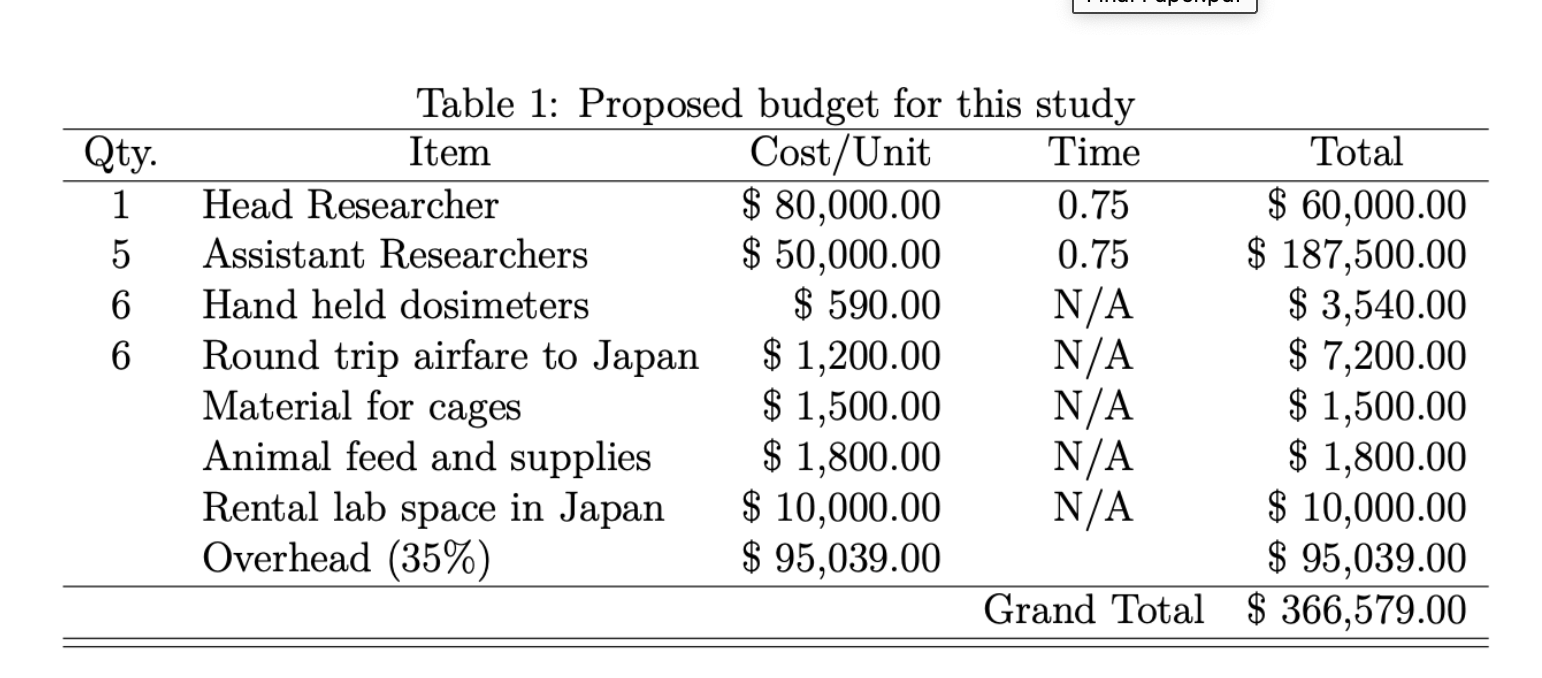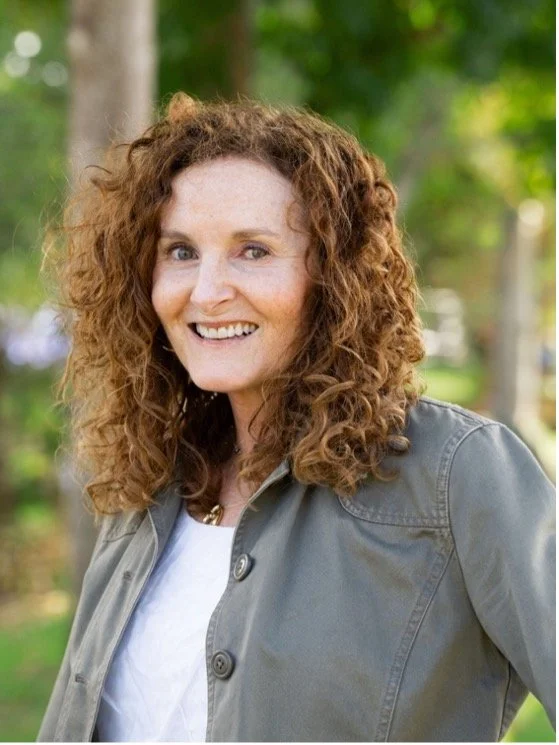APHA Public Health Newswire recently published an articleI had a hand in:
Today’s guest blog is from APHA’s Children’s Environmental Health Topic Committee, a component of the Association’s Environment Section.
Cancer is the number one disease-related cause of death in children and the second leading cause of death in children overall after accidents. Rates of childhood leukemia have increased 33% for acute lymphoblastic leukemia and 42% for acute myeloid leukemia in just 35 years, and increases are greater among Hispanic children.
Obviously, childhood cancer cannot be blamed on lifestyle-related factors such as exercise levels or smoking; rather, environmental exposures to pesticides, paints, solvents and air pollution play key roles, along with genetic factors. Yet according to the recently released American Public Health Association report entitled “Protecting the Health of Children: A National Snapshot of Environmental Health Services,” accessible information about environmental links to pediatric cancer is lacking in many states’ health and environmental quality webpages. Information for parents, caregivers, local policymakers and anyone who works with children is critical to the adoption of preventive actions and policies.
There is now growing concern about widespread per- and polyfluorylalkyl substances, or PFAS, contamination of drinking water. PFAS have been linked to pediatric cancer clusters, and approximately 110 million Americans drink water with dangerous levels of these persistent compounds. The U.S. Environmental Protection Agency has just released a PFAS Action Plan, but the actions outlined do not set an aggressive timeline toward regulating the toxic chemicals. The APHA Environment Section’s Children’s Environmental Health Committee asserts that it is past time to act on the science to prevent childhood cancer. Experts in pediatric cancer and other fieldsagree that basic precautionary measures could prevent illness, death and disability.
Indeed, on May 29 leaders from the fields of nursing and child care will speak on the webinar “Establishing a Connected and Vibrant Children’s Environmental Health Community” about how they have taken the lead by championing children’s environmental health as critical to their organizations’ and their overall fields’ success. This is the second in a five-part webinar series, “Protecting Children’s Environmental Health: The Blueprint in Action,” a component of the Children’s Environmental Health Movement. The movement continues to push for progress in eliminating environmental risks to children in order to reduce disease and disability burdens.
Government at all levels should not only ensure adequate funding for state, local, tribal and territorial health departments in order to provide accessible environmental health services, but should also commit to eliminating environmental risks to children through the enactment and enforcement of evidence-based, precautionary chemical regulations. Unfortunately, in the last couple of years, progress on this front has been hampered, and in some cases, reversed.
The EPA under the current administration is revoking environmental protectionsat every level. The U.S. is reneging on the Paris Agreement on Climate Change, replacing the Clean Power Plan with a Potemkin Village of coal regulation, undermining basic science, shackling our scientistsand dismantling the protectionswe once had against environmental chemicals, most notably chlorpyrifos, whose ban EPA scientists had already approved. In August 2018, a federal court ordered the EPA to ban chlorpyrifos within 60 days. But chlorpyrifos continues to be used across the nation, despite widespread evidence of acute and chronic harm. Chlorpyrifos and other pesticides like it have been linked to significant losses in IQ, autism, ADHD, autoimmune disease, cancer and more.
In the absence of governmental action to protect children, there are steps parents, educators and health care providers can take or advise to minimize harmful exposures and reduce risks for childhood cancer and other acute and chronic diseases. The American Academy of Pediatrics, the President’s Cancer Paneland Eco-Healthy Child Care® provide reasonable, evidence-based measures. Take steps to protect the children in your life, but also add your voice to the collective. Join APHA’s Children’s Environmental Health Committee as we call for improved, evidence-based regulation of the chemicals making our children sick, sapping their intelligence or robbing them of their lives. Join the Children’s Environmental Health Movement, and learn more about the exciting efforts underway to protect children, by registering for each of the webinars. Together we can build a connected children’s environmental health community to achieve transformative, equitable systems change.
Tags: cancer, children's environmental health












